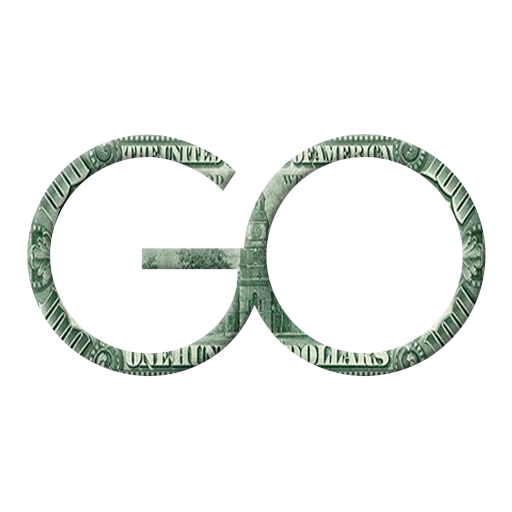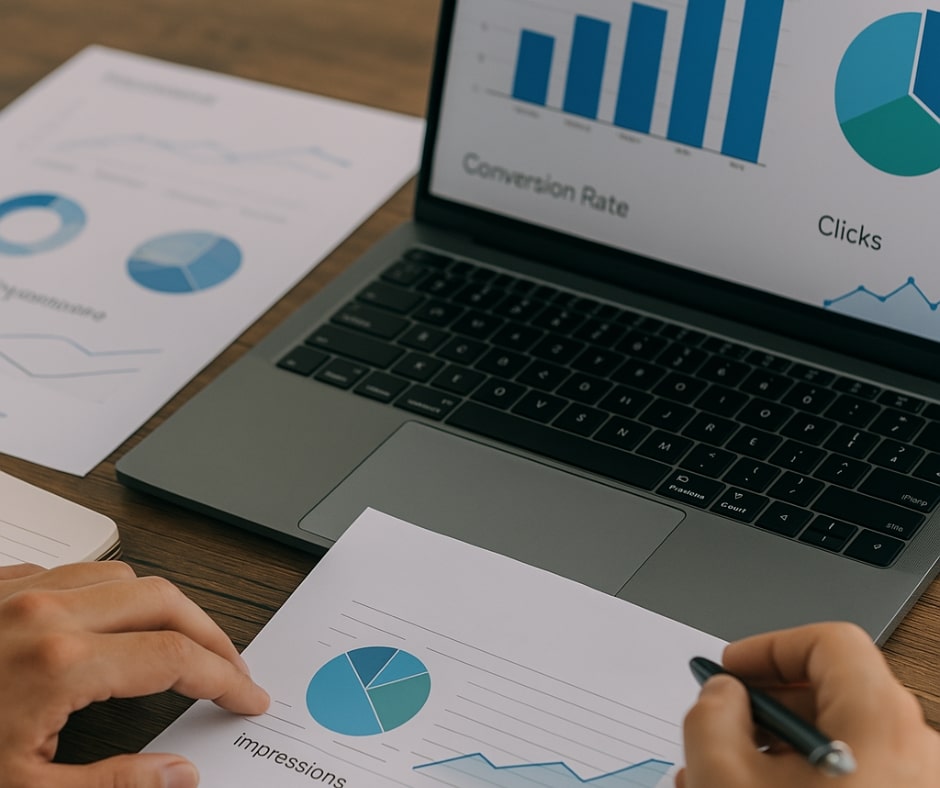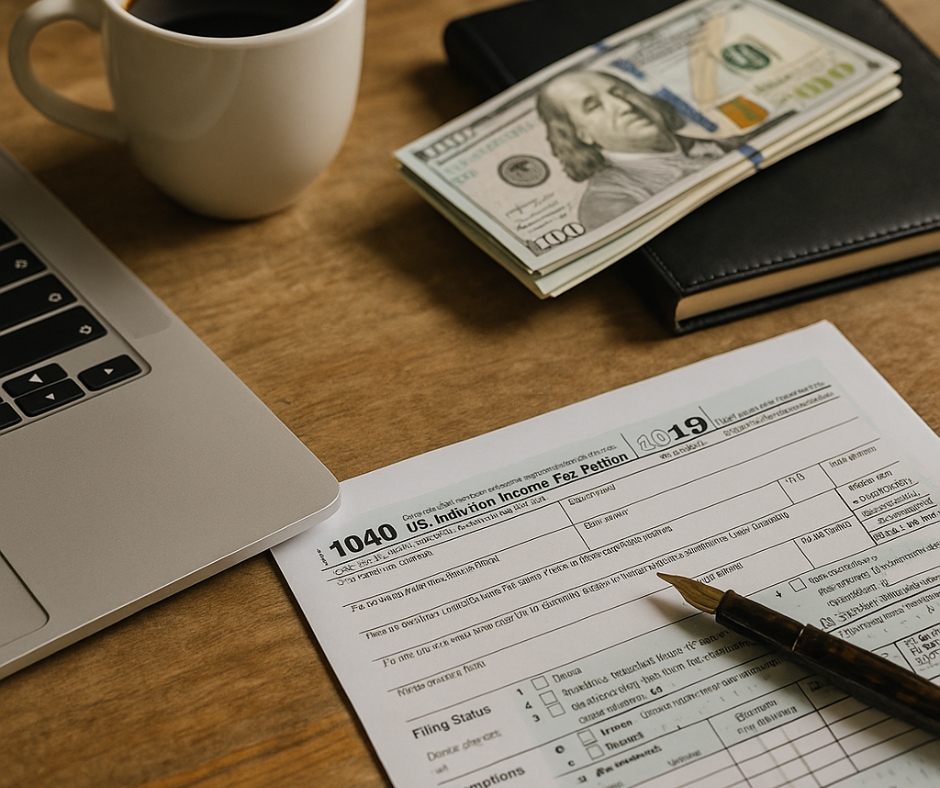In the world of digital growth, paid advertising for sales conversion isn’t just a tactic—it’s a system. While many businesses launch ads and hope for the best, top-performing brands take a full-funnel approach. This means aligning strategy, messaging, targeting, and measurement with the buyer journey from start to finish.
1. Campaign Strategy: Planning for the Buyer’s Journey
Before spending a single dollar, a campaign must be built on strategy. This begins by mapping your customer’s journey—from awareness to consideration to conversion. At each stage, the content and offers you present must align with their mindset.
For example, at the awareness stage, ads should educate or inspire. In contrast, the consideration phase benefits from content that demonstrates your unique value. Lastly, the conversion phase should focus on trust, urgency, and clarity of offer.
By understanding where your prospect is mentally and emotionally, you craft a message that speaks directly to their needs.
2. Audience Targeting: Reaching the Right People at the Right Time
One of the greatest advantages of paid advertising for sales conversion is precise targeting. However, simply selecting interests or demographics isn’t enough. Instead, segment your audiences based on behavior, intent, and lifecycle stage.
Here’s how to do that effectively:
- Custom Audiences: Use email lists, website visitors, or app users to re-engage warm leads.
- Lookalike Audiences: Expand your reach by targeting people who share traits with your existing customers.
- Behavioral Targeting: Focus on purchase behavior, search history, and platform engagement to identify buyers ready to act.
Targeting should be dynamic. As your data grows, continually refine and retest your segments to improve accuracy.
3. Ad Design: Crafting Scroll-Stopping Creatives That Convert
Ad creative is where strategy meets psychology. Your audience will judge your brand in milliseconds, so your visuals, copy, and CTA need to align.
Effective creative blends three components:
- Visual Appeal: Use clean, professional imagery that resonates with your target demographic. Avoid clutter and lean into brand consistency.
- Copywriting: Start with a bold headline, use clear benefit-driven language, and include an urgent or emotionally resonant CTA.
- Message Match: Ensure the ad message is consistent with the landing page to reduce bounce rates and increase trust.
Most importantly, test variations—what you think will work isn’t always what does work.
4. Budget Management: Scaling with Control and Clarity
Many businesses approach budgeting emotionally—throwing money at ads and hoping for magic. Instead, treat your ad budget like an investment portfolio.
Start small. Run test campaigns with limited daily budgets across various audiences and creatives. Then, based on performance:
- Scale what’s working.
- Pause or revise what’s not.
- Reallocate spend to high-performing platforms or placements.
Use rules and automation to prevent budget bleed. For example, Facebook Ads Manager allows you to set spend limits and auto-stop underperforming ads.
5. Conversion Tracking: Measuring What Matters
Without tracking, your data is just noise. Install pixels and tags across your site, landing pages, and email flows to track micro and macro conversions.
Track these key metrics:
- Cost per Click (CPC)
- Click-Through Rate (CTR)
- Conversion Rate (CVR)
- Cost per Acquisition (CPA)
- Return on Ad Spend (ROAS)
Make data your daily language. Every tweak, test, or shift in audience should be validated by data before being scaled.
6. Split Testing: Find Out What Works—Then Beat It
Split testing (A/B testing) isn’t optional—it’s vital. Your first ad set won’t be your best. However, testing variables like:
- Headlines
- Button colors
- Offer phrasing
- Video vs. image
- Long vs. short-form copy
…allows you to isolate the real conversion drivers. Once you’ve found a winner, don’t stop there—beat it. Incremental improvements add up to massive ROI over time.
7. Retargeting: Bring Back the Ones Who Didn’t Buy
Not everyone buys on the first visit. Retargeting is how you re-engage and recapture interest. Use dynamic retargeting to show ads for products users viewed or abandoned.
Also, create segmented retargeting sequences:
- 1-day retarget: “Hey, still interested?”
- 3-day retarget: “Time’s almost up!”
- 7-day retarget: “Final chance with bonus!”
When paired with urgency or bonuses, retargeting becomes your most profitable tactic in the paid ad stack.
8. Platform Selection: Choose the Right Tool for the Right Objective
Each advertising platform has a unique strength. Use them strategically:
- Google Ads: Great for bottom-of-funnel, intent-based traffic.
- Facebook/Instagram Ads: Ideal for middle-funnel engagement and storytelling.
- YouTube Ads: Excellent for brand-building and in-depth product explanation.
- TikTok Ads: Great for viral, trend-based top-of-funnel visibility.
- LinkedIn Ads: Perfect for B2B targeting and lead generation.
Choose based on where your audience is and what your objective is.
9. ROI Analysis: Turn Data into Decision Power
After all the work, it’s time to measure what truly matters: ROI. But don’t just look at the immediate sale. Evaluate the entire funnel, including:
- Customer Lifetime Value (CLV)
- Repeat Purchase Rate
- Email Opt-In Rate
- Funnel Drop-Off Points
Paid advertising for sales conversion is only successful when it yields more value than it costs. To achieve that, you must analyze ROI not just at the campaign level, but at the business level.
Conclusion
Using paid advertising for sales conversion requires a combination of creativity, analysis, and strategic execution. It’s not a one-time effort—it’s a system you refine over time. When you align the right message with the right audience, through the right medium, at the right moment, magic happens.
So, take the full-funnel approach. Build smart. Test often. Track everything. Optimize relentlessly. That’s how you grow not just clicks—but customers.













